One of my most instinctual and intentional qualities of being a parent, as I’m sure is true for most parents, was to protect my children. To protect is to preserve from harm, safeguard, shield; to keep secure from injury, damage, exposure, and destruction. It was a daunting task, and one that seems to be even more so in this day and age. The issue of how we protect our own children, those we know and love, and the children in our communities at large is complicated and emotionally-charged. Add to that who should do the protecting and from what we are protecting them, and the issue gets more muddied, more challenging, and more divisive. It seems like a simple matter—keep kids safe—but it is not.
When reading about Myre–Big Island State Park near Albert Lea, Minnesota, I was struck with them mentioning how the Big Island was protected from fires that had previously swept through the area. Big Island is 120 acres of hardwood forest that sits in the middle of Albert Lea Lake. A narrow causeway connects it to the ‘mainland.’ It is protected by water on all sides. We hiked around the island on a warm, muggy day. Maple trees are the predominant hardwood on the island and offered deep shade with their large palmate leaves. The water was hard to see from the trail in most areas, since the young Maples crowded the shore for sunlight.
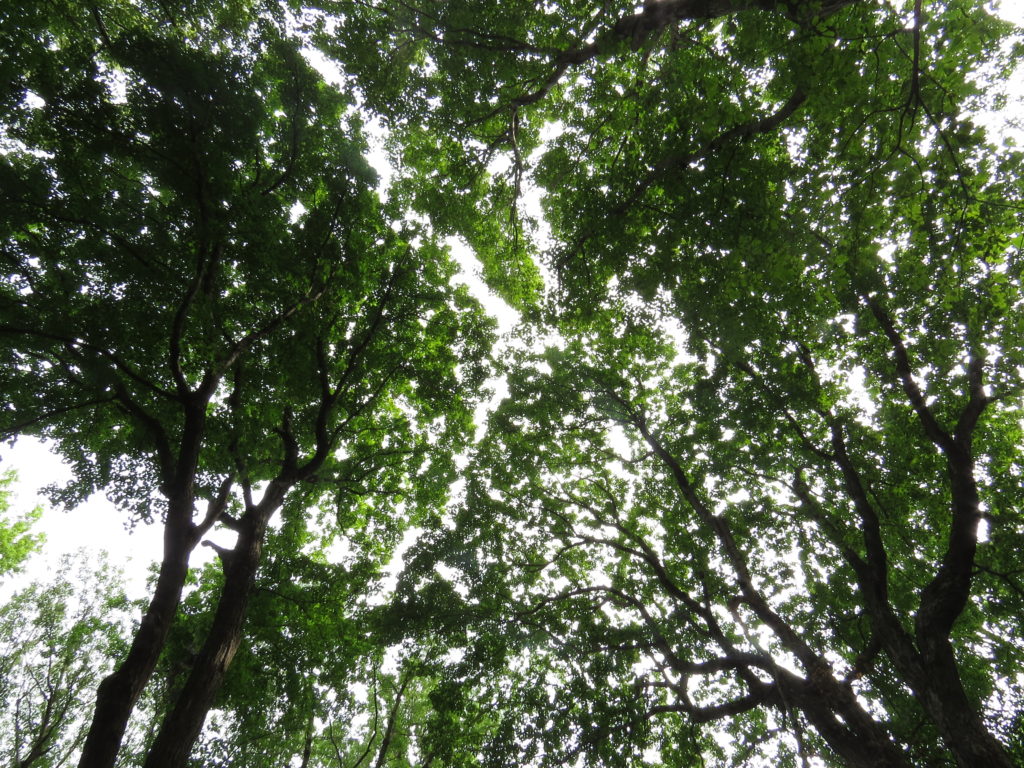
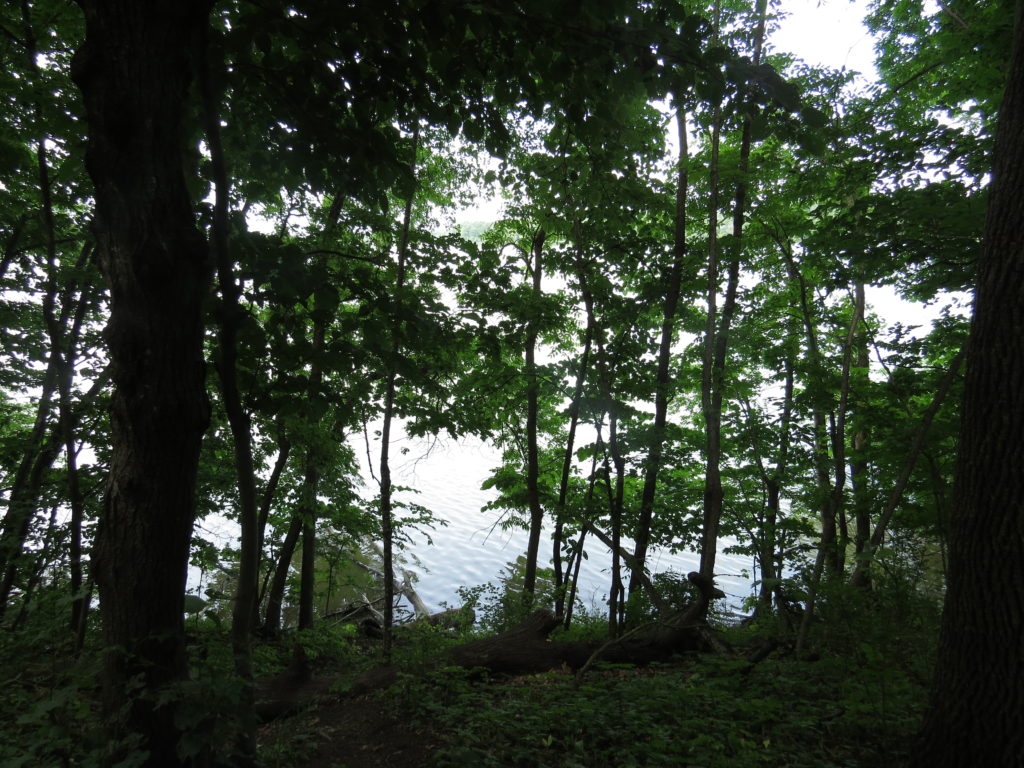
It was a beautiful island forest that had been home for humans for over 9,000 years. Not only was it protected from fires, but it provided a secure place for its inhabitants with food, water, shelter, and a moat of safety.
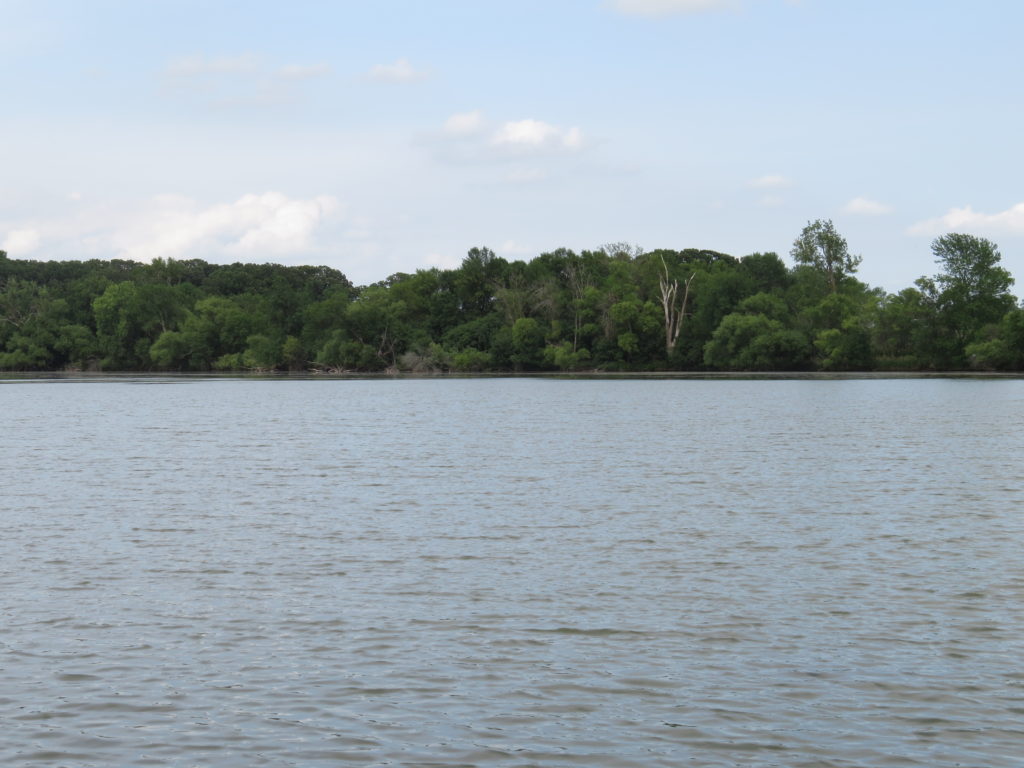
The large Maple and Basswood trees were accompanied by Ash, Red Oak, and Elm trees. Ironwood was the main understory tree. There were many interesting trees in all stages of development, from seedling to decaying. I noticed an Artist’s Conk, a perennial fungus that often grows from a wound on a living tree. The white underside of this bracket fungus is used by artists to etch a drawing into, leaving a sepia-colored work of art! (Google it!)
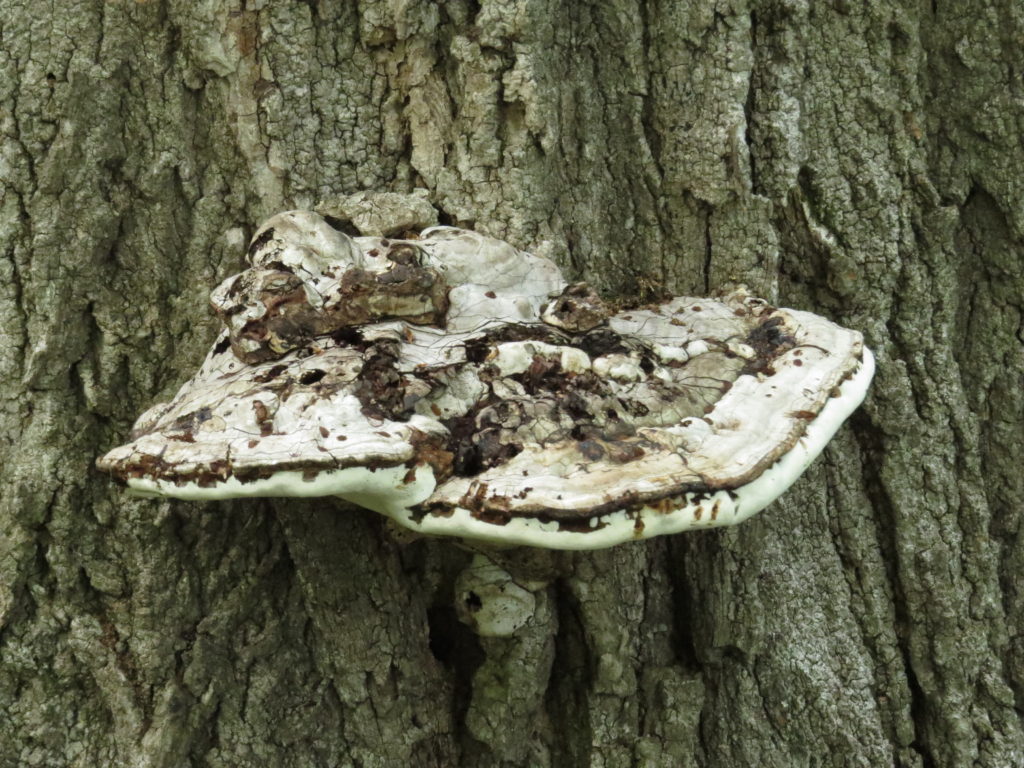
Woodpeckers, wind, lightening, old age, sunscald, and insects have all made their marks on the trees of Big Island.
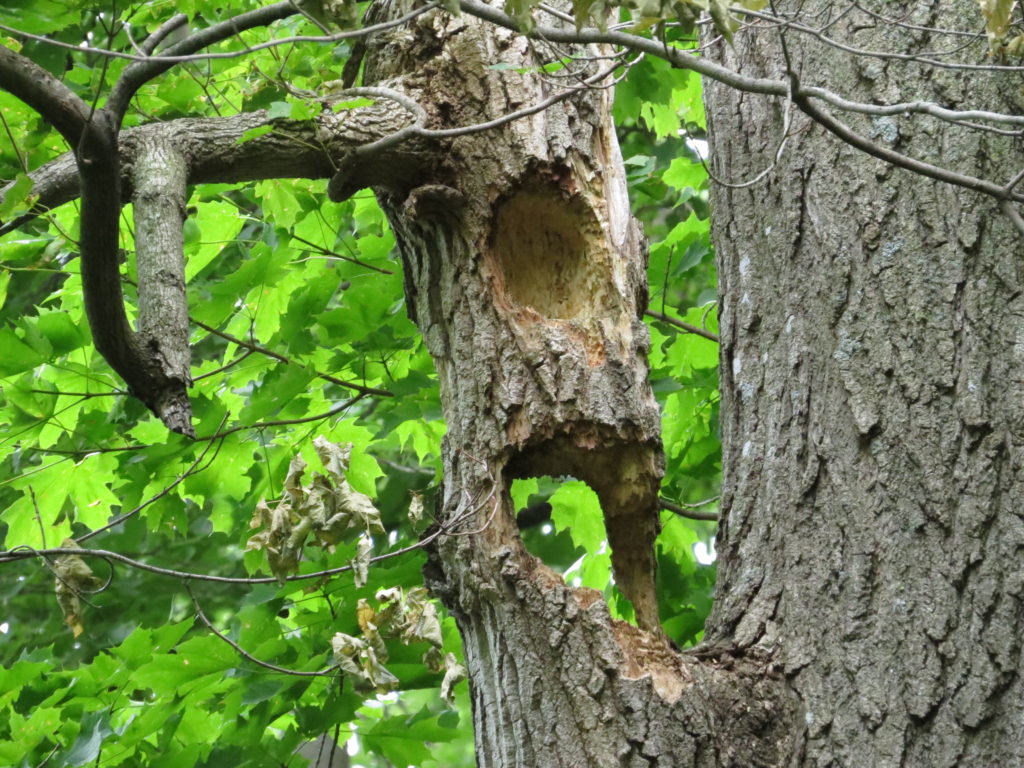
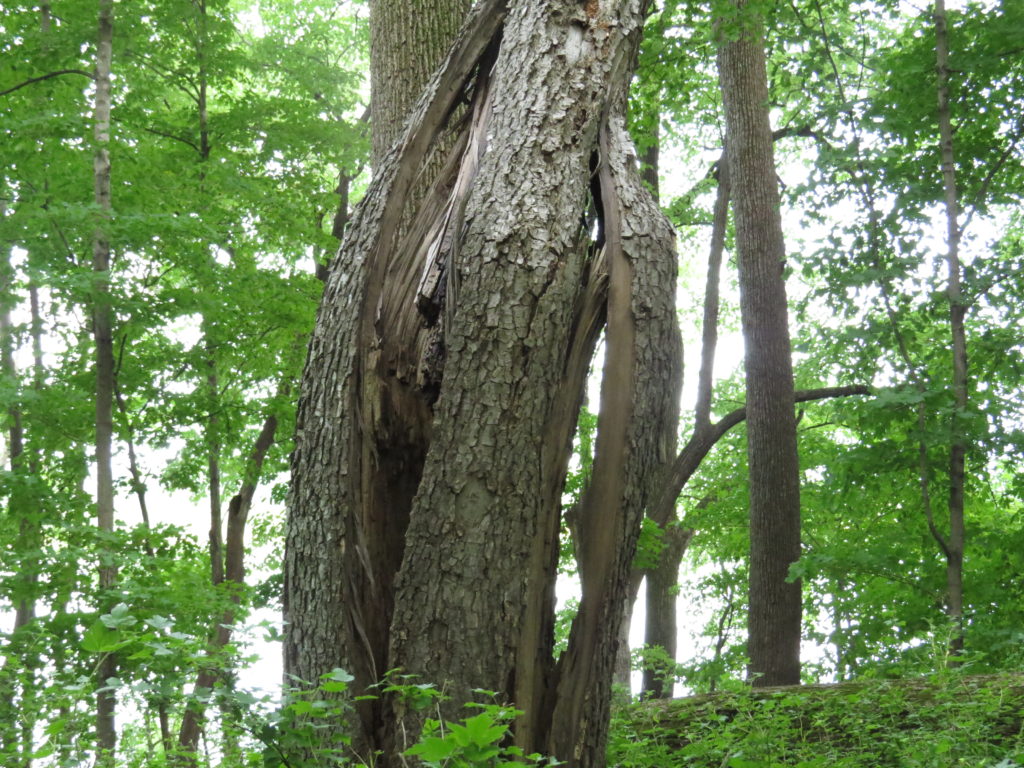
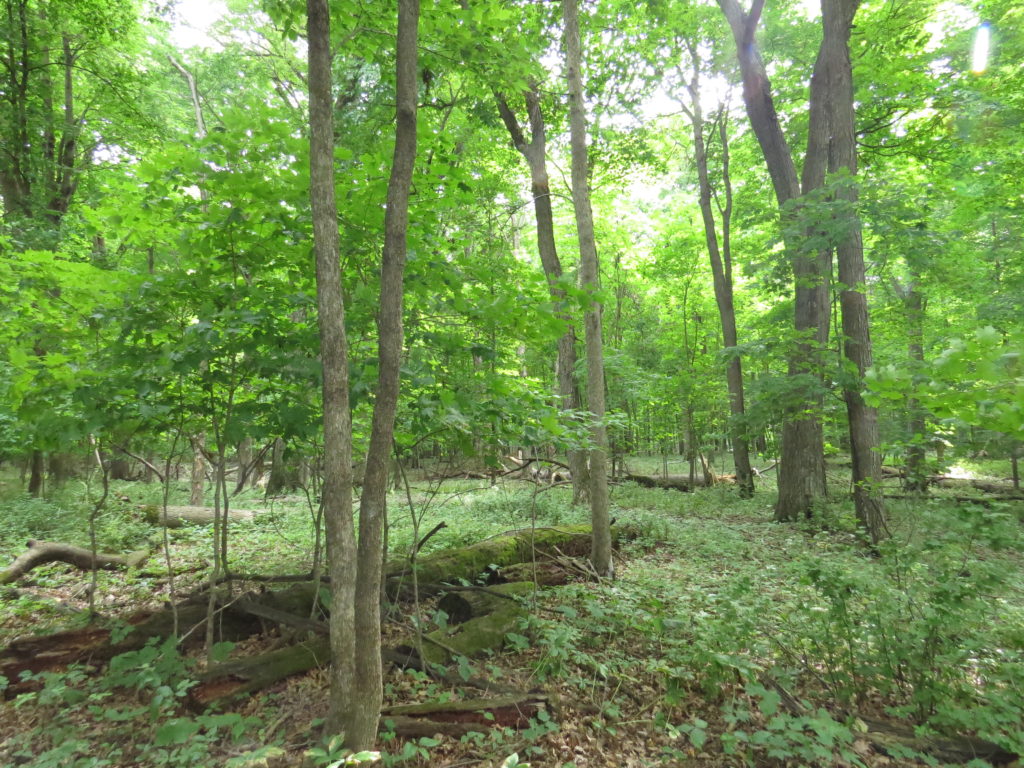
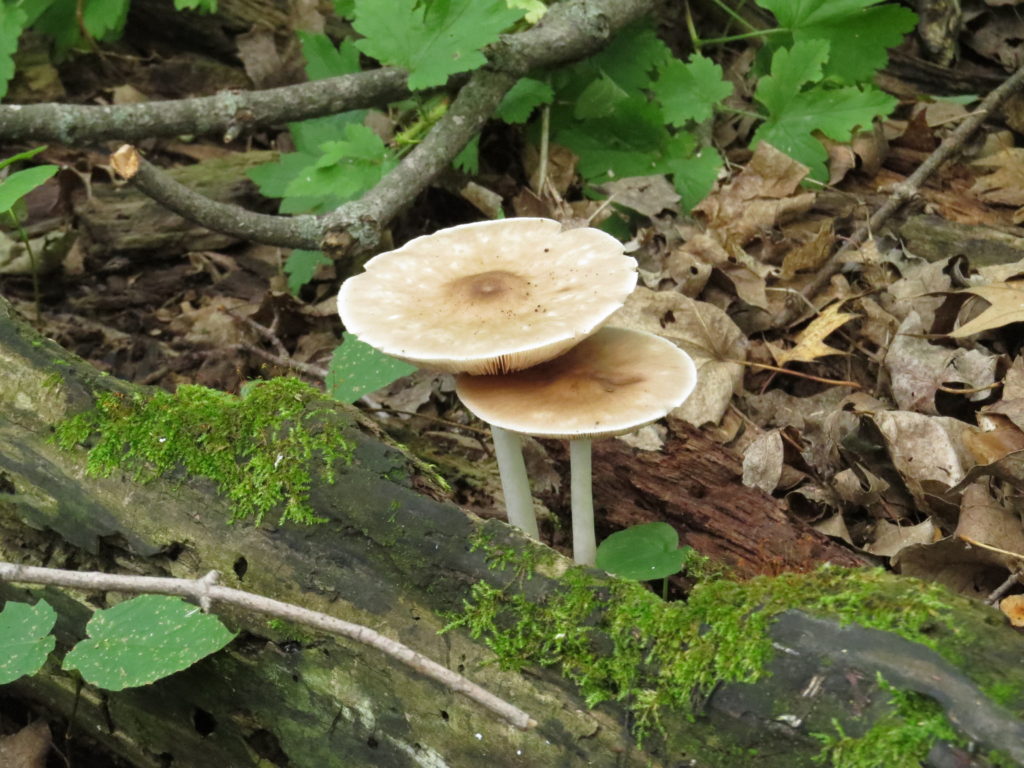
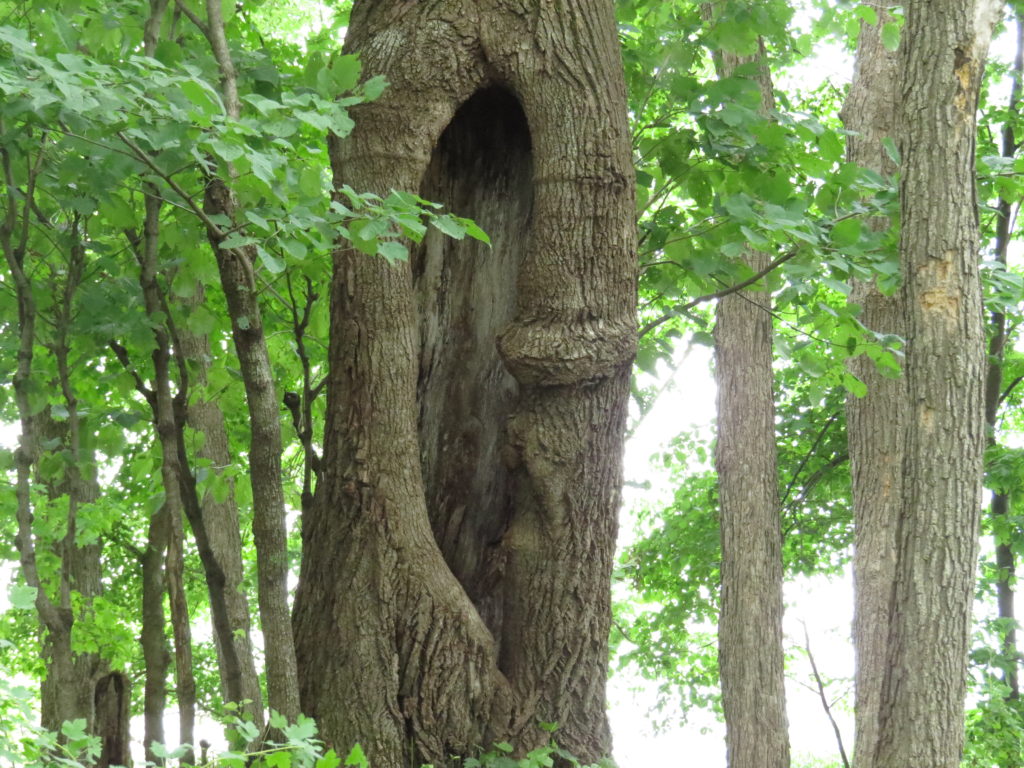
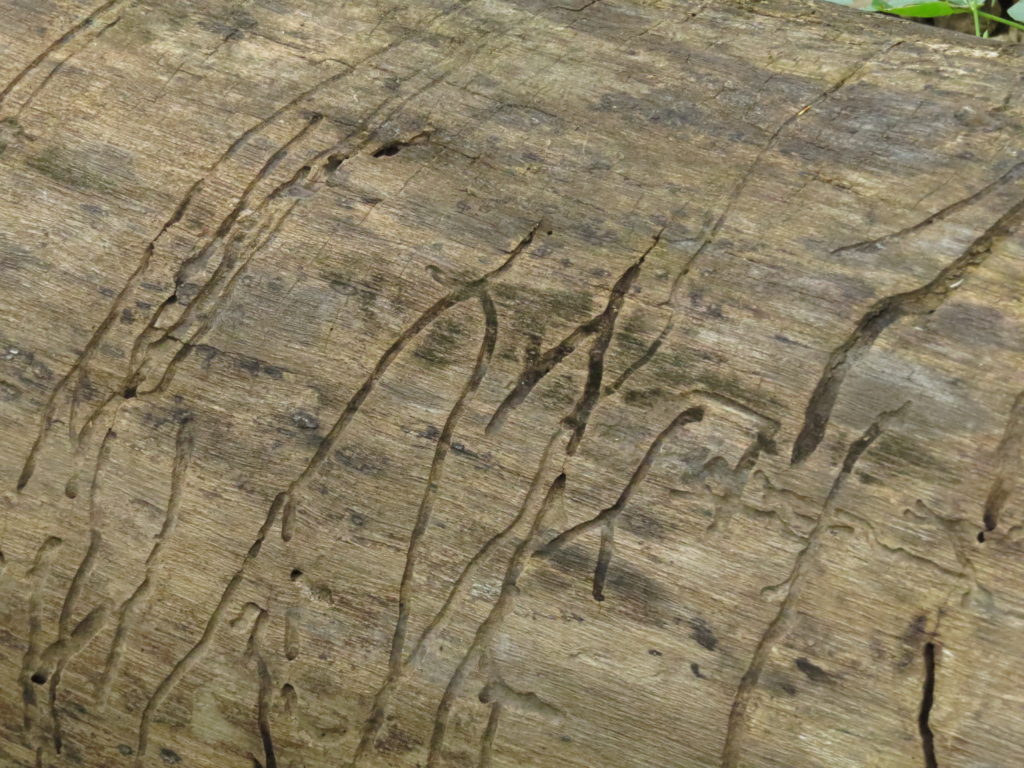
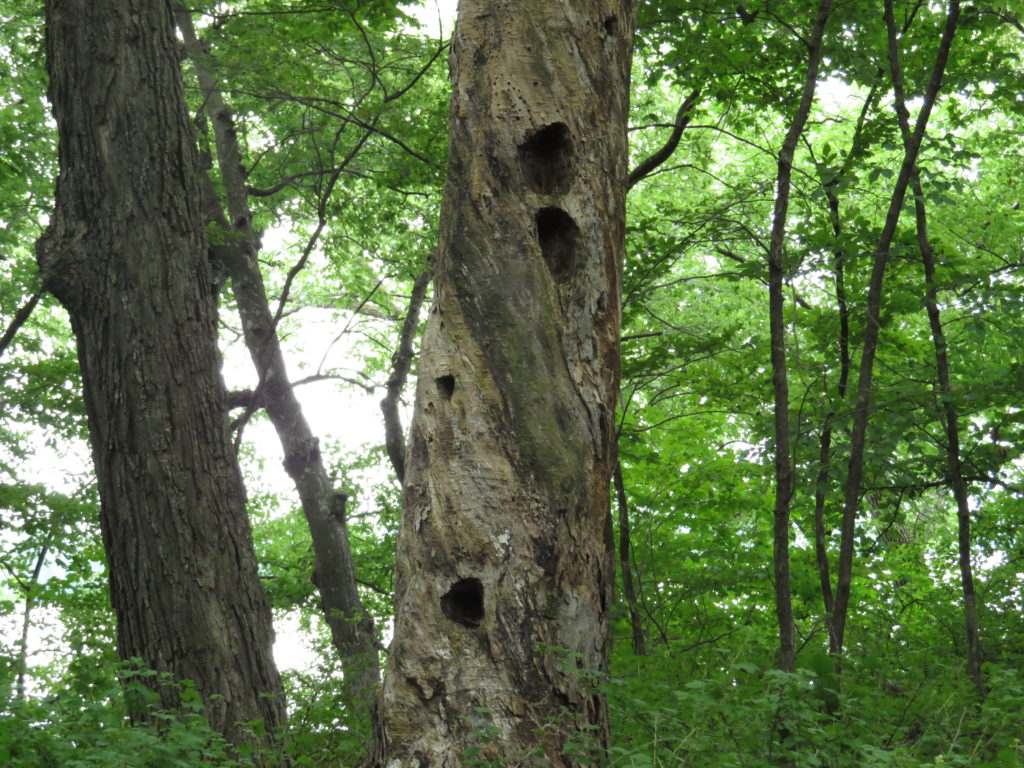
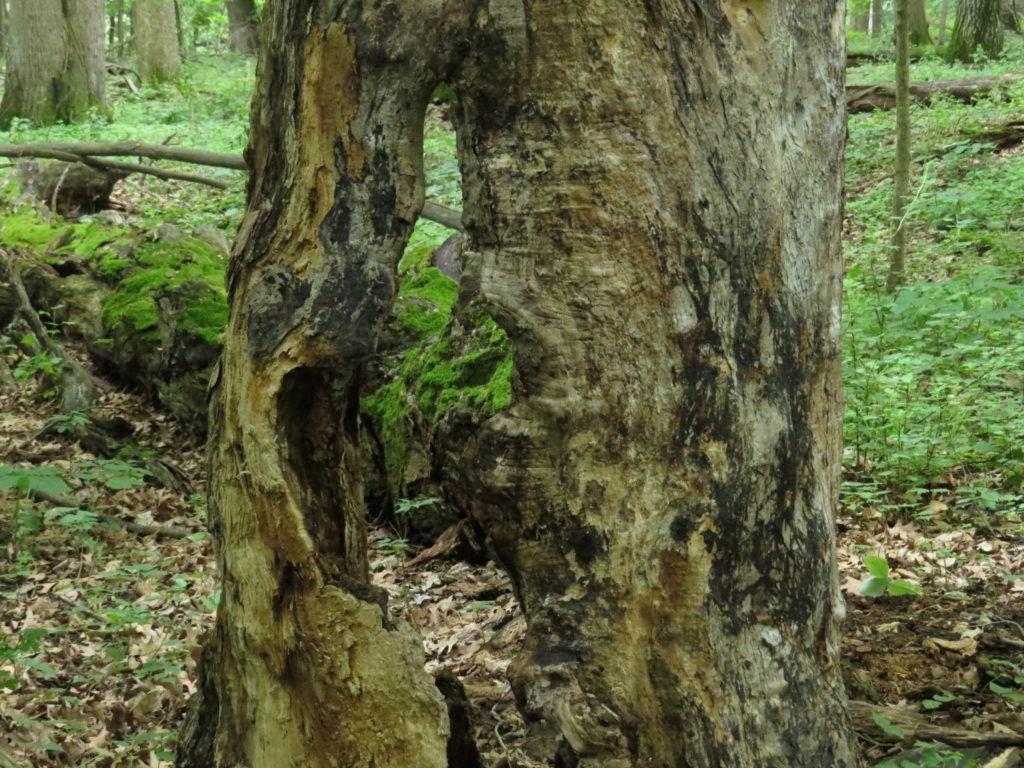
The undergrowth was dominated by Gooseberry bushes that had been ‘pruned’ by the grazing deer, despite the fact they have protective spines or thorns on them. The deer eat the tender new growth that is more palatable. I was also amazed at how many Jack-in-the-Pulpit plants were growing under the Gooseberries—perhaps the thorny Gooseberries shield them from damage or offer a symbiotic relationship of some sort.
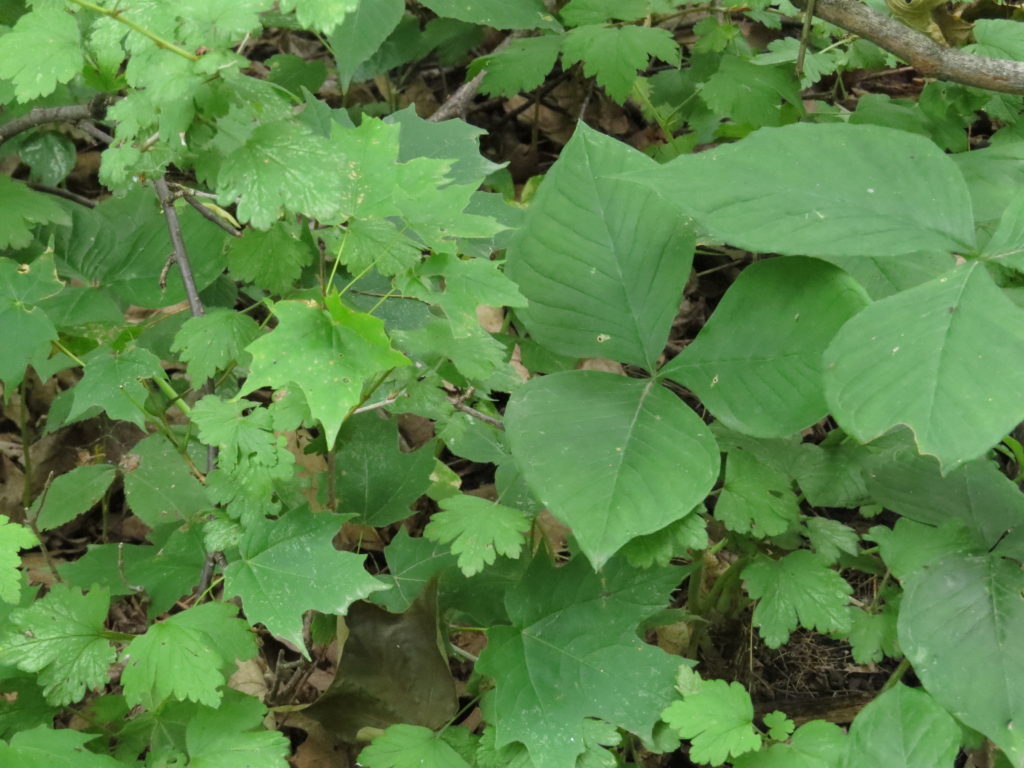
As we walked, the sky grew cloudier and darker, and the air was so thick with moisture that my camera had a hard time focusing. We cut our hike a little short because of the weather, and in switching paths, we saw five deer, including two spotted fawns. The vigilant does stamped their feet and watched us carefully as they protected their fawns.
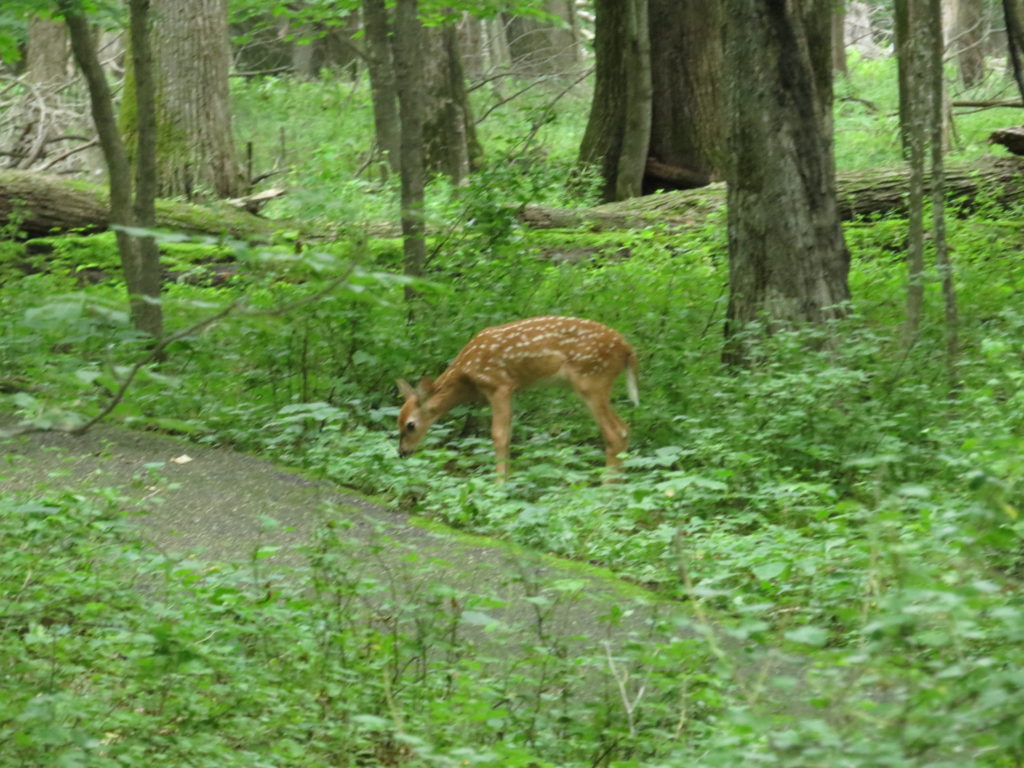
Caretaking mothers of all species have an innate drive to protect their young ones—one only needs to spend time with animal parents to witness their fierceness. But their and our determination to protect our children, despite our best effort, sometimes fails. Our children get hurt, exploited, harmed, or damaged by accidents, by bullies, by ignorant cultural practices, or by dark forces that impel people to act in anti-social ways. We cannot become immune to the damage that befalls our children, and we should take every step possible to safeguard their lives. Every step possible.